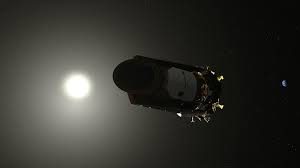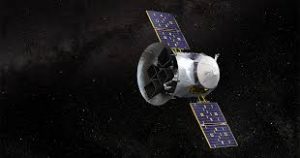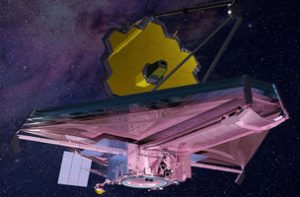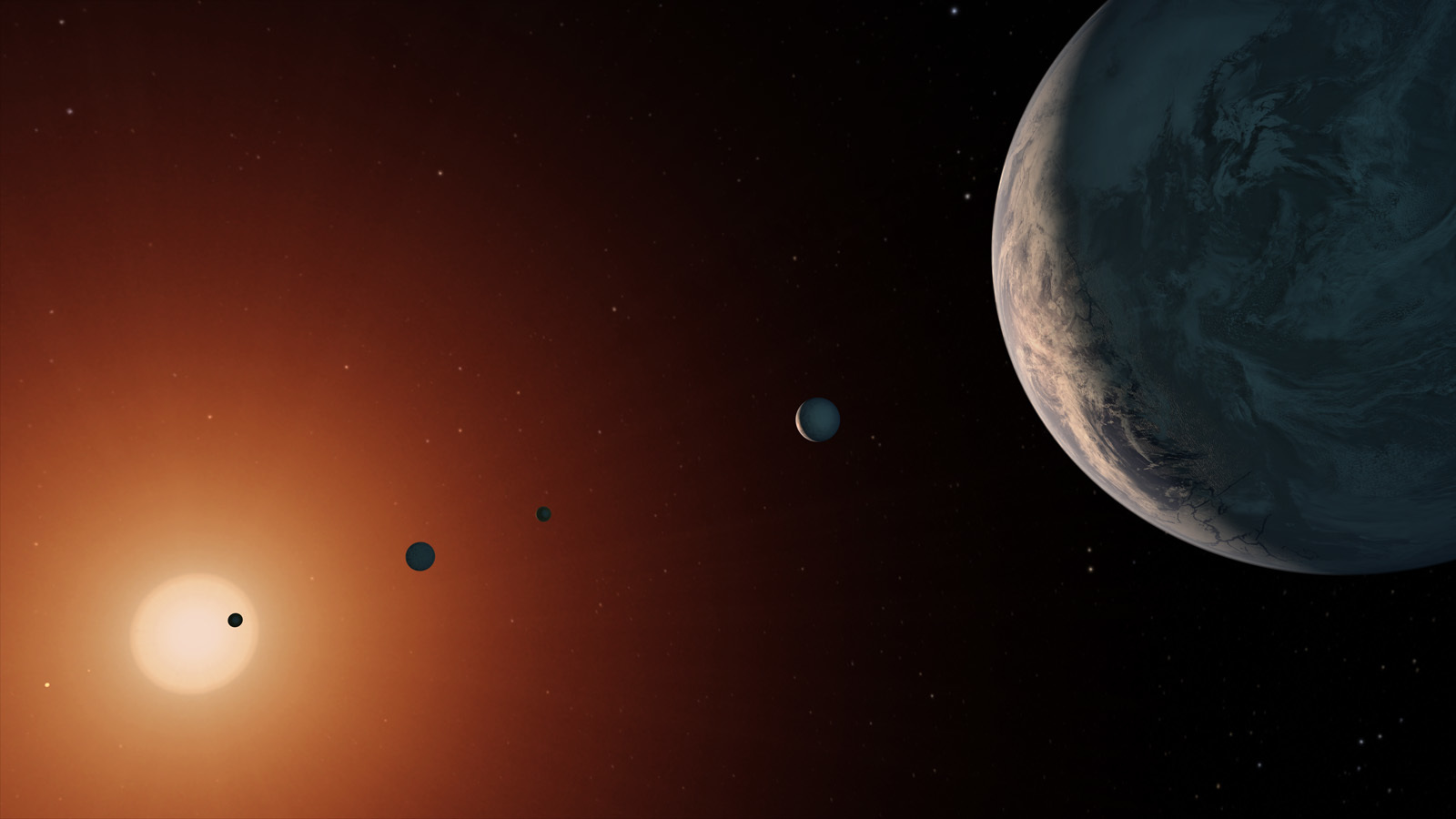”Life” is the best thing that I have ever seen on earth. Life on earth include single celled bacteria of the microscopic level to animals and trees in the macroscopic level. Why is life so special? The reason is, it has unique characteristics such as organization, growth and development, adaptation, reproduction and evolution. We are able to identify life by these characteristics; mainly by the ability of responding to stimuli. None of the non living things show all of these characteristics. Without this amazing life, earth would be like the lifeless Mars.
Life has several definitions, but there is a controversy on this topic. We do not know about the life beyond our earth and the characteristics of it yet. There are unsolved questions about the evolution of life from chemical compounds. Therefore building up a universal definition for life is very difficult task. However, according to the definition of NASA, “life is a self-sustaining chemical system, capable of Darwinian evolution”. This definition was built based on the five main attributes of life; life based on chemistry, life is a system that is not in equilibrium, life is adaptive and self- optimizing, life is compartmentalized and the molecules used by life are suited to an environment with water. When the scientists search for any kind of alien life beyond our solar system, they normally consider the presence of these five attributes of life, anywhere in the universe.
In the past, humans were very inquisitive about the nature of life on earth, but now they are more inquisitive about life beyond earth. Are we alone in this universe? Can there be any intelligent civilization beyond our solar system? These are the questions that come to our mind at once, while thinking about life in the universe. We have not found answers for these questions yet, but the scientists work hard to find a trace of life, beyond earth. This extraterrestrial life may be primitive like the life on early earth or an intelligent civilization than us or even just like us. It is clear, the day that scientists will find a sign for the existence of this imaginary life, is not so far.
Many missions are conducted by space agencies such ac NASA and ESA (Europe Space Agency) to explore habitable planets which can harbor any kind of life in the universe.

NASA launched a space telescope called “Kepler”, on March in the year of 2009. It was NASA’s first mission, conducted to find earth sized planets and mankind’s first mission for exploring the possibility of the existence of habitable planets in the universe. It became a huge step of success, in finding new planetary systems. In this mission, a transit method which uses the amount of periodic light blockage of the host star due to transits, was used for identifying new planets. The decrement of light due to transits can be measured using spectroscopy and it gives details about the exoplanet size, orbital period and atmospheric composition.
Kepler’s search field was a small area of the universe and it surveyed stars, more than thousand light years away. This mission found 3200 new planetary systems and 4200 new planets. Some of the planets among them are in habitable zone (a zone around a host star that is suitable for the emergence of life) such as Kepler-186f, Kepler 22-b and Kepler-421b. Kepler-186f is the first planet found with a close similarity to earth’s size. Unfortunately, after two of the four reaction wheels of the telescope failed, it could not be pointed one direction. As a consequence, the goal of the original mission changed after a four year mission period and it was called as “K2 mission” which is helpful in studying stellar life cycles and the physical properties of stars.

The next great step after the Kepler mission is ”TESS mission”. The Transiting Exoplanet Survey Satellite (TESS) is NASA’s new mission for exploring habitable exoplanets including super earths. TESS will use the transit method to survey 200,000 of the brightest stars near the sun, in order to identify new planetary systems. TESS will study the stars which are brighter, 30 to 100 times more than the stars surveyed in both Kepler and K2 missions. Unlike Kepler, TESS will observe a wider area of the universe and stars nearby, within 300 light years from earth. The TESS was launched on the 16th of April, this year. New discoveries of TESS within the two year mission period, will be further analyzed after launching the James Webb Space telescope.

James Webb Space Telescope (JWST), NASA’s next generation large scale space observatory, was developed as a collective effort of NASA, ESA and the Canadian Space Agency. It is scheduled to be launched in 2019, as the scientific successor to the Hubble Space Telescope. But JWST will not replace the Hubble Space Telescope because the capabilities of the telescopes are not identical. Both telescopes will function collectively to study the universe.
JWST will observe infrared light which comes from stars in distant galaxies with the support of the main features in it. The main components are the Near Infrared Camera, Near Infrared Spectrograph, Mid-Infrared Instrument, Fine Guidance Sensor, Near Infrared Imager, Slitless Spectrograph and the primary mirror. The most prominent observable feature is the primary mirror, which is a gold coated beryllium reflector composed of 18 hexagonal segments. It has a 6.5 meter diameter and a total area of 25 m2.
Studying about the interstellar cloud of dust to unravel the mystery of the origin and evolution of water and other key building blocks which are essential for habitable planets, is one a basic aim of this mission. Apart from that, exploring the earliest galaxies and current ways in which galaxies form, collecting details about the birth of stars and protoplanetary systems, directly imaging of exoplanets (a method of exploring planetary systems) and studying the atmospheres of exoplanets are other goals, expected to be achieved during this mission.
Wide Field Infrared Survey Telescope (WFIRST) and PLATO satellite (Planetary Transits and Oscillation of stars), an upcoming exoplanet hunter which is expected to be launched by ESA, are two other important missions which are ready to uncover the hidden mysteries of the universe.
In the future, humankind may succeed in finding alien life which creates thousands of questions in mind. Humans may communicate with these aliens, if they are intelligent enough. Will they become friendly with us or will they become a threat to the survival of humankind? We do not have the proper answers for these questions. Sometimes, alien life may be totally different than we expect. However, we will have to wait with expectations to see a sign of alien life and find answers to all these questions.
Reference:
https://www.space.com
https://www.digitaltrends.com/cool-tech/nasa-tess-planet-hunter-april-launch/
https://courses.edx.org/courses/course-v1:HarvardX+SPU30x+3T2017/course/
Image Courtesy:
http://www.rfid-locker.co/The-Solar-System-Solar-system.html
https://encrypted-tbn0.gstatic.com/images?q=tbn:ANd9GcRkDbbYaQcSLYen1em0Ve8vcEP7CVrUF7ahqUOo-djG6fWn2Fg1
https://encrypted-tbn0.gstatic.com/images?q=tbn:ANd9GcQ1_N9lOBKZ_nTR1w2FIkpEWn0dvLNmYWuJDnEgB7EKRTv14LZNaA
https://media.stsci.edu/uploads/image_file/image_attachment/29053/thumb_low_webb-telescope-artist-view4_2x.jpg

